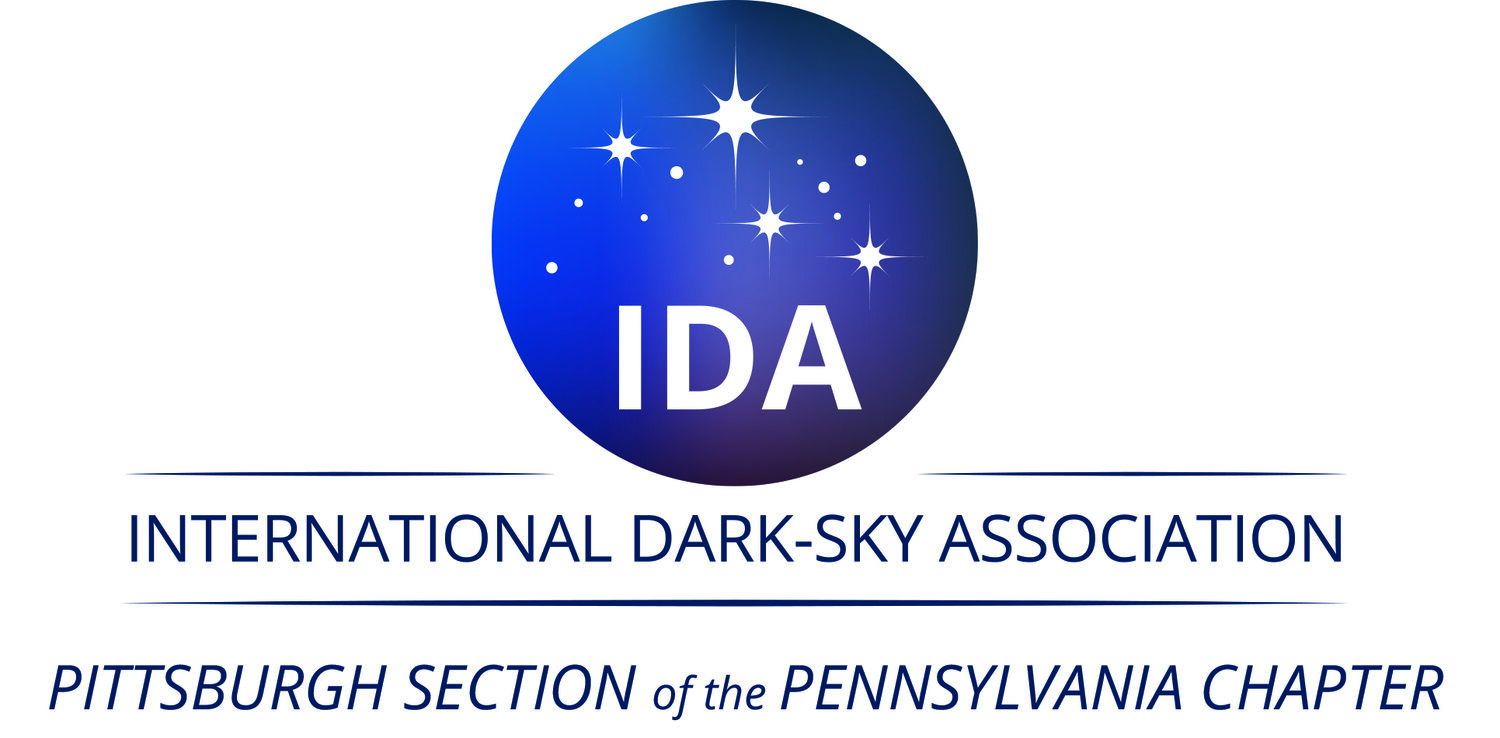Interview with Louis Coban
The Doorway into a Starry Life
by Raymond Xiao
Louis Coban manages Allegheny Observatory, which is eight miles northwest of Carnegie Mellon University (CMU). Lou has been working at the observatory for over twenty-five years and “does a little bit of everything” ranging from giving tours and fielding press interviews to operating the telescopes. His interest in astronomy and the night sky began at a young age when he received a telescope as a Christmas present. This exciting new gift, combined with the multitude of fascinating astronomy programs on many cable channels, piqued his interest. He soaked up information from these documentaries “like a sponge.”
Lou enjoys his current job, but his favorite part is being able to interact with the three observatory telescopes. I know a tiny bit about optics and was pretty curious about the differences and similarities between these telescopes. He was happy to elaborate and explain in more detail.
The “Fitz-Clark Refractor” is a thirteen-inch telescope that is over a century old. It was brought over from the original Allegheny Observatory located a few miles closer to town and declared to be, “forever free to the people.” It is old school and can be run with no technology associated with it; as a result, nowadays, it is primarily used for weekly public tours, April through October, Monday through Thursday for University of Pittsburgh students who visit as part of their introductory astronomy class. The thirty-inch refracting telescope, named the “Thaw Refractor,'' was automated by Lou to be capable of being run wirelessly from a warm room. It has a weight of approximately eight thousand pounds with a focal length of forty-seven feet. Currently it is set up for astrometry, the study of the position of stars. The third white observatory dome houses a 16-inch reflecting telescope that has also been automated, so Pitt students can operate it remotely from campus. The STEPUP group is working on a project to confirm Kepler Satellite exoplanet candidates.
Being as involved in astronomy as Lou is, he has experienced some fantastic views of the night sky. He recalls some particularly memorable moments. The first involved the Milky Way Galaxy. He was visiting a friend who lives on a farm near Albion, a town in northern Pennsylvania with very little pollution and thus clear views. He described his first time viewing the galaxy as having this “really amazing view.” Around three years after he started working at the observatory, he traveled to the Keck Observatory in Hawaii to use the Keck 2 telescope for astrometry, which is a way of measuring distances to other stars.
Lou also saw an aurora at the Allegheny Observatory around fifteen years ago. Aurora are seen when charged particles from the Sun come into the atmosphere of the Earth at the poles. He described the lights as “green and red curtains” that expanded into the sky and formed right overhead, blanketing the night sky in vivid colors. The scale and intensity of it was something that cannot be forgotten.
We moved on to talking about the night sky in Pittsburgh. Lou said that autumn is the best season for viewing since the nights are becoming longer and the weather is usually clearer than other seasons. One downside is that Pittsburgh is also relatively close to the Great Lakes, which can hinder visibility due to cloud formation from condensation. As the President of the Amateur Astronomers Association of Pittsburgh, Lou oversees two other local observatories, Mingo and Wagman and about 500 active members who try to observe every time the weather permits.
I found our conversation to be informative and enlightening. I have never really been into astronomy but signing up for Carnegie Mellon’s research-based class on light pollution and being able to speak with someone who has a lot of experience in astronomy has really opened my eyes. I am definitely interested in learning more about stars, space and astronomy in general. I am hoping that with this knowledge, the next time that I go stargazing with friends, I will be able to fully appreciate seeing a clear night sky in person, point out some constellations, and educate others.
I have never really been into astronomy but signing up for this class and being able to speak with someone who has a lot of experience in the field has really opened my eyes.
-Raymond Xiao

